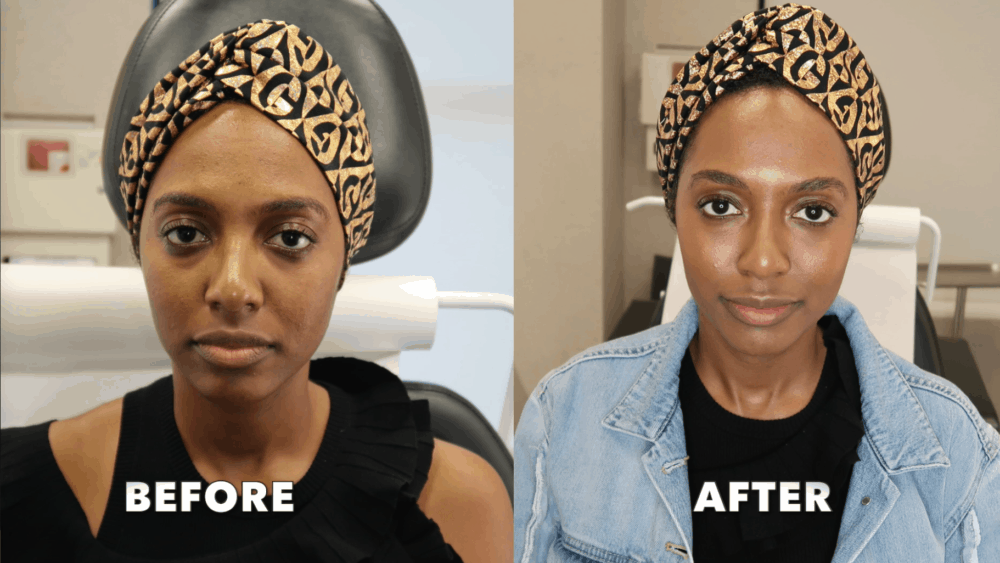[ad_1]
Black skin may not crack as much as that of our Caucasian counterparts, but our skin definitely sags and deflates. Injectables, such as Botox and fillers, are a great way to counter the effects of aging and subtly refresh your look.
Botox, the gold standard in neuromodulators that paralyze muscles, is great for smoothing and minimizing fine lines. Common areas of injection are the areas of facial expression such as the frown lines, crow’s feet and the “11s” (the area between your eyebrows.) Regarding fillers, there are many options on the market. Some doctors prefer using hyaluronic acid fillers that have a thick constituency, such as Voluma, for adding volume to the cheek, jaw and chin area. Some like using Restylane and Juvéderm, which have a medium thickness, for filling in laugh lines. And others prefer using thinner injectables, such as Volbella and Refyne, to softly give the lip area a boost.
And although there used to be stigma within the Black community about getting injectables, that has slowly been changing in recent years. Between 2005 and 2013, the rate of cosmetic dermatologic enhancement in African-American patients rose by 56 percent. A recent study conducted by the American Society for Aesthetic Plastic Surgery revealed that African-Americans, who constitute about 13 percent of the U.S. population, accounted for 8 percent of all cosmetic procedures in 2016 and 9 percent of all cosmetic procedures in 2018. (Whereas Caucasians, who constitute 76.9 percent of the U.S. population, accounted for 75.5 percent of all cosmetic procedures in 2018 and 70 percent of all cosmetic procedures in 2018.)
But whatever treatments you choose to do, please always go to board-certified dermatologists or plastic surgeons. They will be able to properly assess your skin and help you look your best while minimizing the risk of adverse reactions.
Watch below as NYC-based celebrity dermatologist Michelle Henry, M.D., subtly enhances the natural beauty of one of her patients.
[ad_2]
Source link

